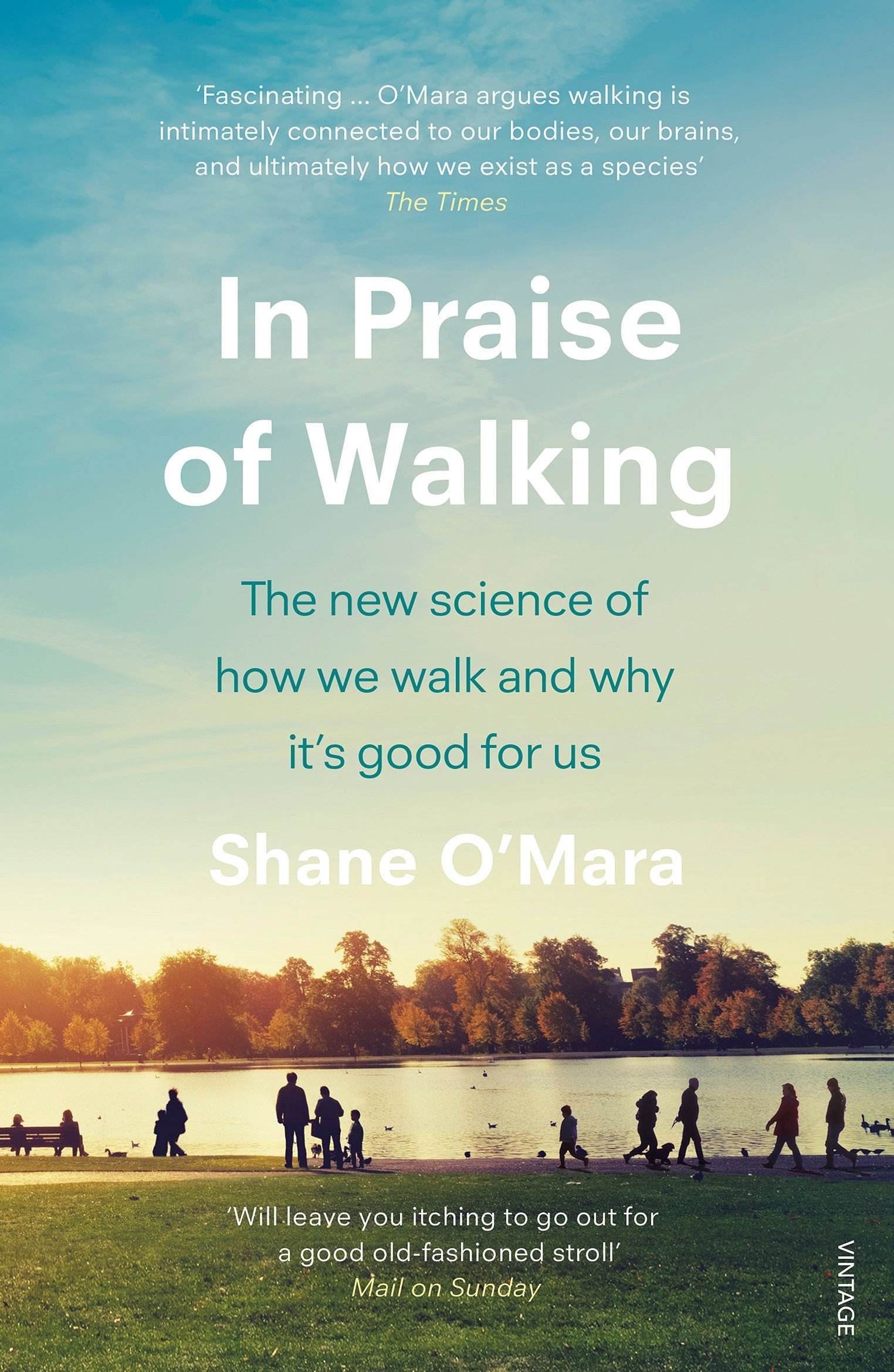
How shorter, more intense bouts of exercise – like brisk walks – may be as healthy as 30-minute daily workouts; experts weigh in
- Short periods of high-intensity exercise every day have a measurable positive impact on health, studies show
- A brisk 22-minute walk lowers your mortality risk even if you are sedentary for 12 hours a day, says a Norwegian researcher
You may have read that to stay fit and healthy you need to do about 30 minutes of exercise each day for at least five days a week.
New research suggests that the time we need to spend exercising each day could be less than that. But there’s a catch.
Edvard Sagelv, a researcher at the Arctic University of Norway in Tromso, was part of a team that found being sedentary more than 12 hours a day was associated with a 38 per cent higher mortality risk.
This was only the case for individuals who managed less than 22 minutes of moderate to vigorous physical activity a day, however. And it is relatively easy to achieve that minimum by taking a walk.

It must be a brisk walk, though, Sagelv stresses.
“Fast walking in research on physical activity is estimated to be 4 kilometres an hour (2.5mph). This may not seem like a lot,” he says – although it depends on your fitness level.
‘My arms look more toned’: before Nordic walking she avoided sleeveless tops
“It is intriguing that 4km/h – a pace that is achievable for the vast majority of the population – is what it takes to really invest in your physical health.”
Shane O’Mara, a neuroscientist and professor of experimental brain research at Trinity College Dublin, in Ireland, has written a book on the power of walking – In Praise of Walking.
For a walk to have a positive effect on your heart, which will then impact your brain positively and your circulation, you need to “feel it”, O’Mara says.
To feel the work your body is doing, you need to walk at 5.5 to 6 kilometres an hour. If you wear a fitness tracker, aim for more than 100 steps a minute.

A recent study published by researchers at Cambridge University in the UK found that just 11 minutes a day of moderate-intensity physical activity – a brisk walk qualifies – was enough to lower the risk of diseases such as heart disease, stroke and a number of cancers.
Lead author Soren Brage was not surprised by the findings.
“Doing some physical activity is better than doing none. This is also a good starting position – if you find that 75 minutes a week is manageable, then you could try stepping it up gradually to the full recommended amount,” he says.
The point is that a relatively short period of high-intensity exercise isn’t just better than nothing, it has a measurable and positive impact on health.
Is walking a miracle cure? A hiker’s health turnaround after long hikes
The idea that you can squeeze meaningful exercise commitments into briefer windows is appealing if you are busy – or if you don’t especially enjoy exercise. But the key is intensity.
As Brage says: “You have to increase intensity if you want to decrease time spent on activity.”

Brage’s team, which analysed the results of dozens of studies that measured physical activity at baseline – the start of the study – and then observed diseases that presented over a 10-year window found, “on average, disease rates were lower for those doing more activity at baseline. This was true for most of the diseases that we looked at”.
These snatches of exercise can do a lot of good without the feeling that you have had a concentrated exercise session.
For a long and healthy life, eat, sleep, feel and exercise the right way
People who walked at an average pace had a 15 per cent lower risk of developing type 2 diabetes compared to those who ambled slowly, it found. Those who walked at a “fairly brisk” pace had a 24 per cent lower risk, while people who walked fast had an almost 40 per cent lower risk.

Adding intensity to your (shorter) walking workouts isn’t hard. It just needs a bit of imagination and possibly a new route.
Here are a few tips to kick it up a notch.
-
Rough walking on trails and across uneven ground is more intensive than walking along a straight tarmac road – or on a treadmill.
-
Walking up and down hills increases intensity.
-
Wear a weighted belt or vest and/or carry a weighted knapsack.
-
Vary your pace with quick bursts of very fast walking.
-
Breathe through your nose rather than your mouth.

Researchers found that exercise before eating in the morning – while you’re still in your natural overnight fasting state and your stomach is empty – doubles the fat burn compared to exercising after a meal.
This happens because in a fasted state your body doesn’t have any “spare” blood sugar – or fuel – after keeping systems ticking along while you sleep, so it needs to dig into reserves.

